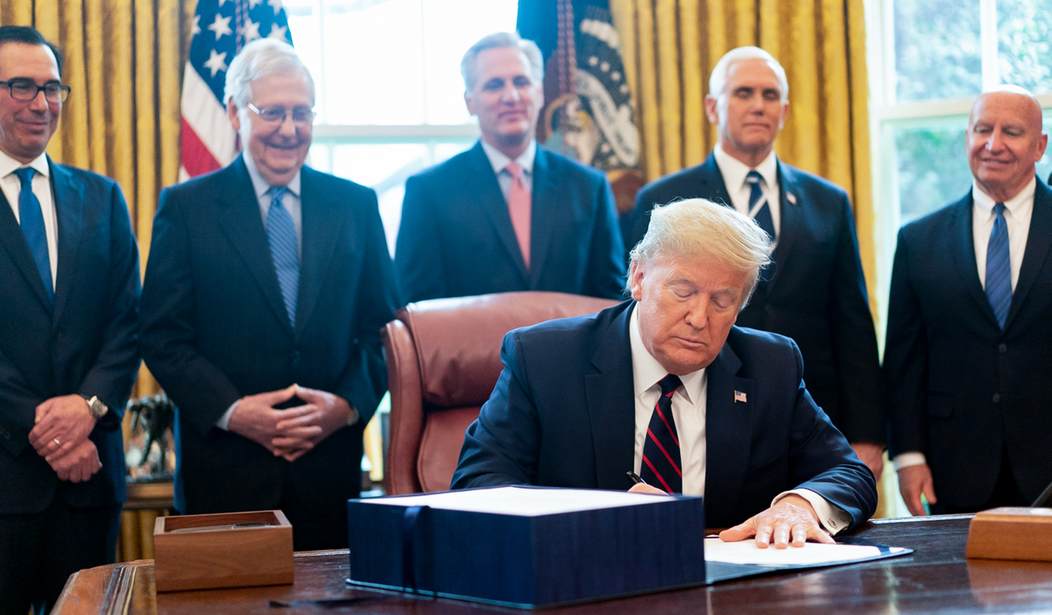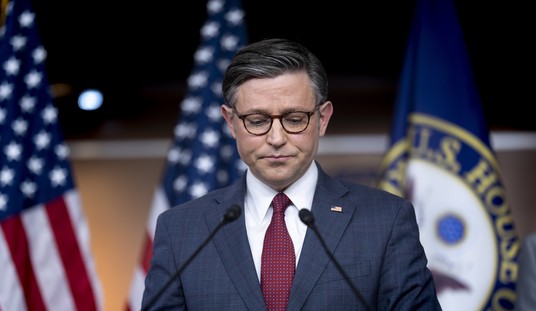There are many paradigm-shifting ways the COVID-19 crisis has impacted our nation. Among them is a greater recognition of certain important industries, such as food production and commercial air service, that were largely taken for granted during normal times. Agricultural aviation – the aerial application of crop protection products – sits at the nexus of these two industries that have proven critical during these unusual times, underscoring the need to keep the Federal Aviation Administration (FAA) fully funded and modernized.
The COVID-19 crisis is leaving unmistakable economic devastation in its wake, and anyone watching the headlines knows that the federal government is spending exorbitant amounts of money in response. As we move forward beyond this pandemic, government is going to have to look hard at where it allocates future dollars and prioritize key functions.
Among those priorities, the nation’s aerospace system must be near the top. Maintaining a safe and efficient airspace will be crucial in our economic recovery, and that means having an FAA that is modernized and able to meet the future challenges it will face.
Aside from the functions most people are familiar with – air traffic control, regulating flight paths and so forth – there are a myriad of other roles the FAA necessarily fulfills in the aviation world, and numerous emerging technologies and challenges the agency needs to adjust to keep our airspace safe.
One major example is the explosive growth in Unmanned Aerial Systems (“drones”). This is a particular concern for the agricultural aviation industry, since they share the same airspace. Drones are required, by law and physics, to fly in the 0-500 ft elevation range and during applications agricultural pilots are generally flying well below 500 feet as well, to ensure accuracy and prevent drift of product.
Recommended
Agricultural pilots deal with a lot during an application – maintaining speed, direction, and altitude, making a precise application, maintaining radio communications, watching for people on the ground within the spray area, watching for towers, birds, and other hazards, and the list goes on. Drones constitute an additional worry, as they are difficult to see, and a drone strike on an airplane can be fatal. At the same time, drones offer a range of useful functions for agricultural producers and will be an important part of the work involved in feeding our nation and the world in the near future and beyond.
For these reasons, de-confliction of the airspace has long been a priority for the industry. The FAA has taken the lead in working through a rulemaking to provide for remote identification technology for drones that will help other users of the airspace locate and identify drones and prevent potentially tragic mishaps that endanger both pilots and people on the ground.
This is just one example of why FAA modernization efforts are so important. One can also point to the implementation of NextGen, the Next Generation Air Transportation System encompassing a slew of new technologies and procedures to make our air system safer, more efficient, and capable of handling air traffic in the 21stcentury.
Unfortunately, among the many problems created by the COVID-19 pandemic, funding for this critical infrastructure is at serious risk. The Airport and Aerospace Trust Fund (AATF), which finances much of the FAA’s operations, is nearing depletion due to sharply reduced tax revenues as airline ticket sales and aviation fuel purchases plummet. This could have disastrous consequences, compounding the national emergency we are already facing. Any new COVID-19 relief needs to be carefully and thoughtfully prioritized to avert a growing debt crisis. But replenishing the AATF and ensuring critical funding for the FAA must be provided as well.
During the COVID-19 lockdowns, aviation has proven to be an essential part of our national survival. Even as the commercial airlines were largely grounded, general aviation provided many services, from delivering critical supplies, to transporting patients to hospitals, to protecting our nation’s food crops, and so many others. And as we approach the summer, aviation will be called upon to contain and fight wildfires.
As America and the world restart their economies and social lives, we will once again rely on aviation to move goods and people across the nation and the planet. Regulation of the airways is inarguably a critical government function, one of the few things that simply cannot be handled privately.
Congress is going to have some hard decisions to make in the months and years to come. It will need to examine its funding priorities and decide what is most critical. The safety and efficiency of our airspace – and a modernized FAA to provide it – must be near the top.
Jessica Freeman is the Executive Director of the Colorado Agricultural Aviation Association.

























Join the conversation as a VIP Member